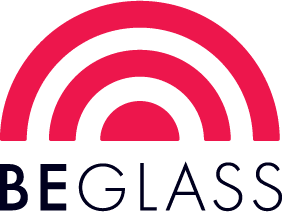Overview
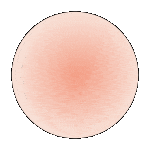
Striker
This style may not reveal (strike to) its target color until fired.
Reactive Potential
Contains: Sulfur (S) / Selenium (Se)
May React With: Copper (Cu), Lead (Pb), and Silver (Ag)
Forms of Glass
Sheet Glass (-0030, -0050), Frit (-0001, -0002, -0003, -0008), Rod (-0576) and Stringer (-0107, -0272)
Detailed Information
About 001122 Sheet Glass
Cold Characteristics
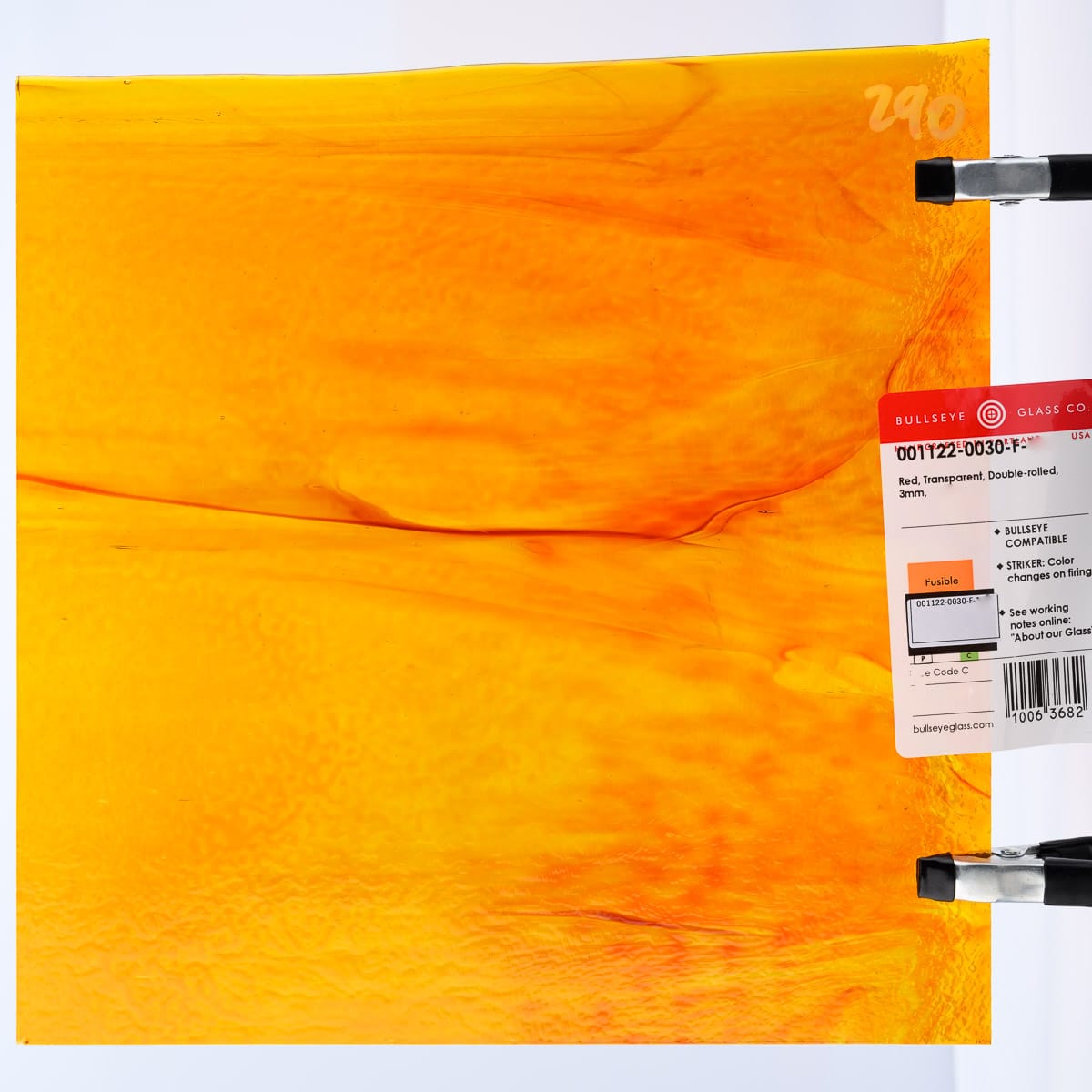
Variations from orange-red to dark red. “Catspaw” windows of lighter coloration typical of single-rolled sheets.
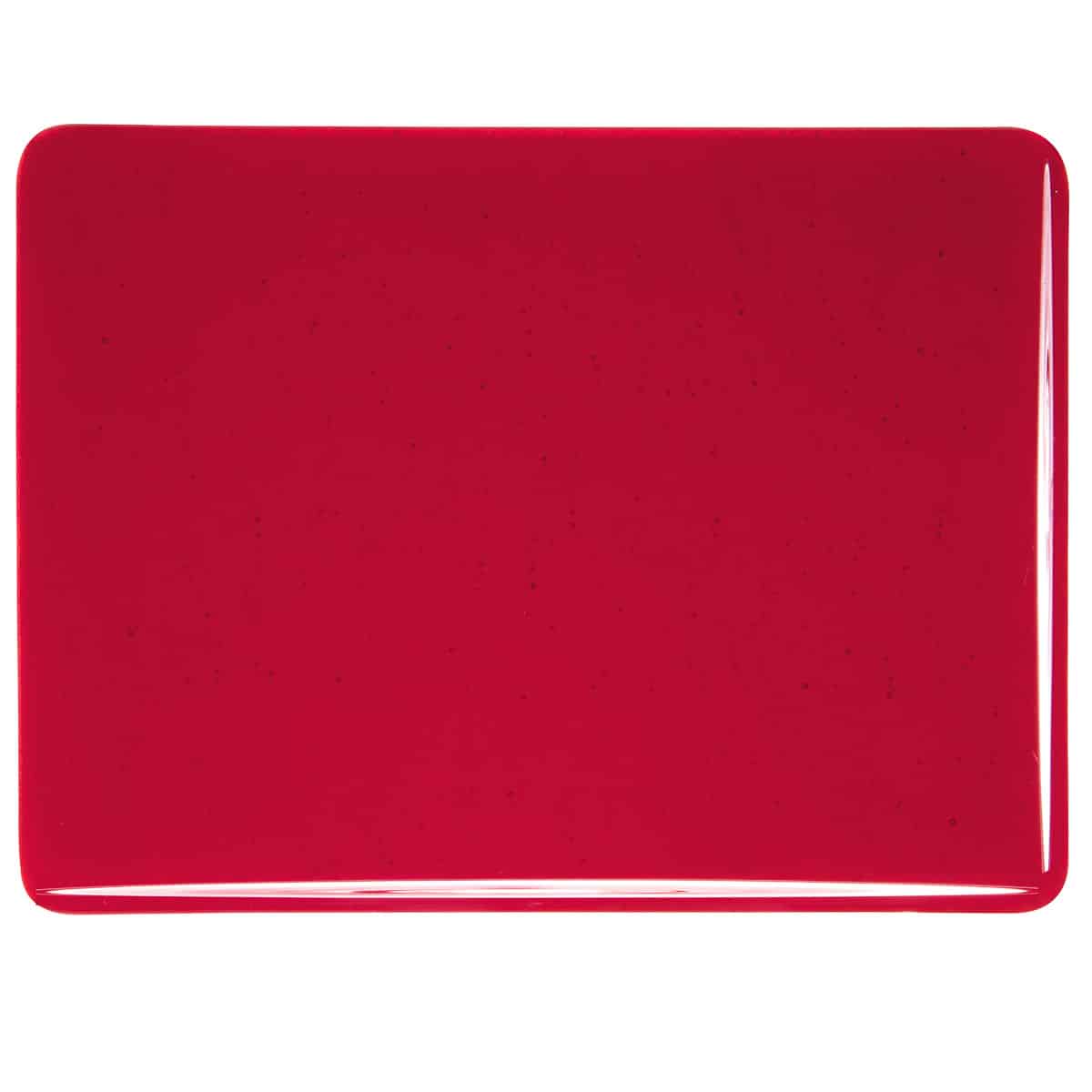
Working Notes
A cadmium/selenium glass. Generally fires deeper (more red) than cold sheet. “Catspaw” effect disappears on firing.
This style is not suitable for kilncasting because it can opalize and/or become incompatible when held at high temperatures for an extended period. It may also opalize and/or become incompatible in instances where processes exceed the parameters of the test for compatibility. Testing recommended when heatwork exceeds these parameters. Heatwork & Cadmium-Bearing Glass
Fusible / Bullseye Compatible
About 001122 Frit
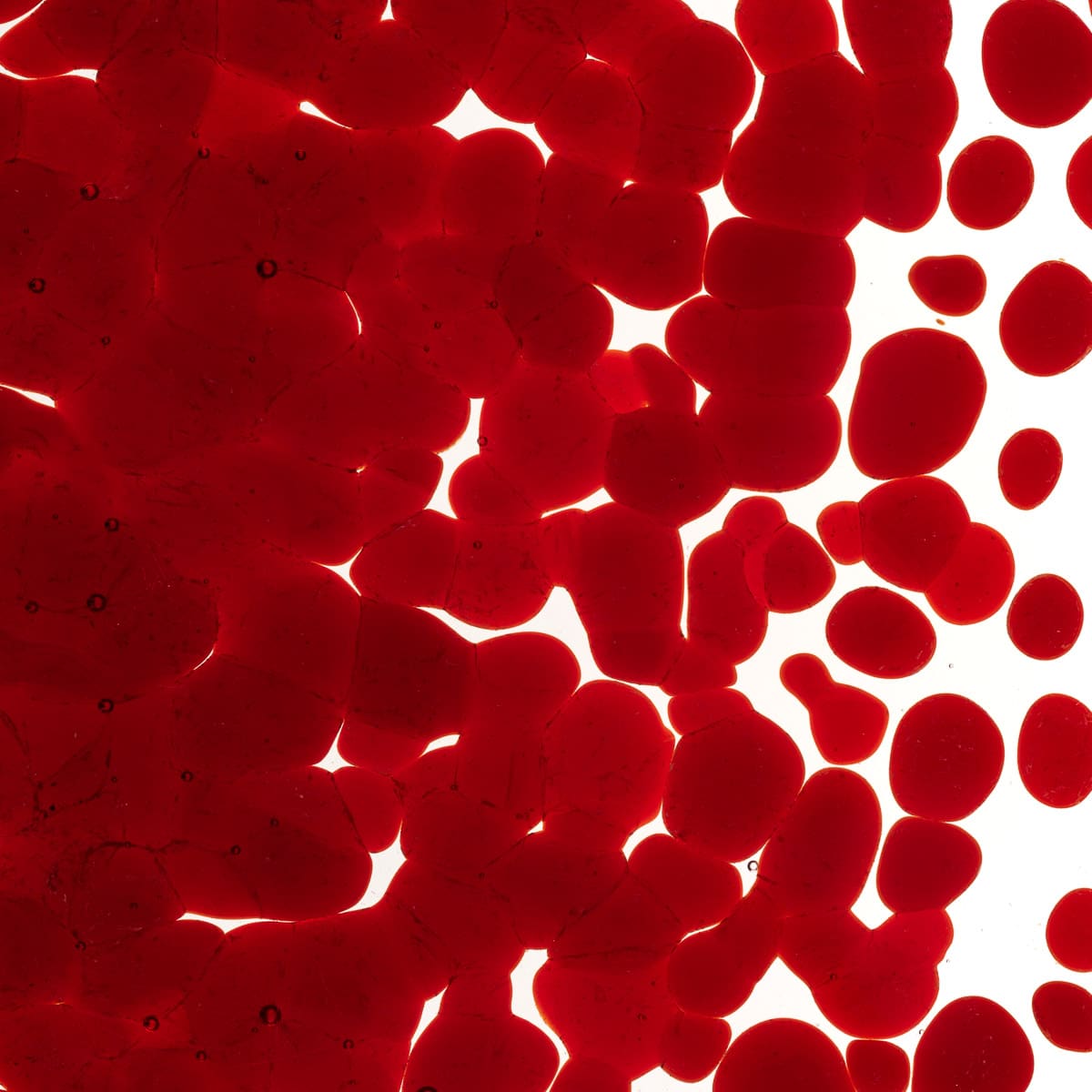
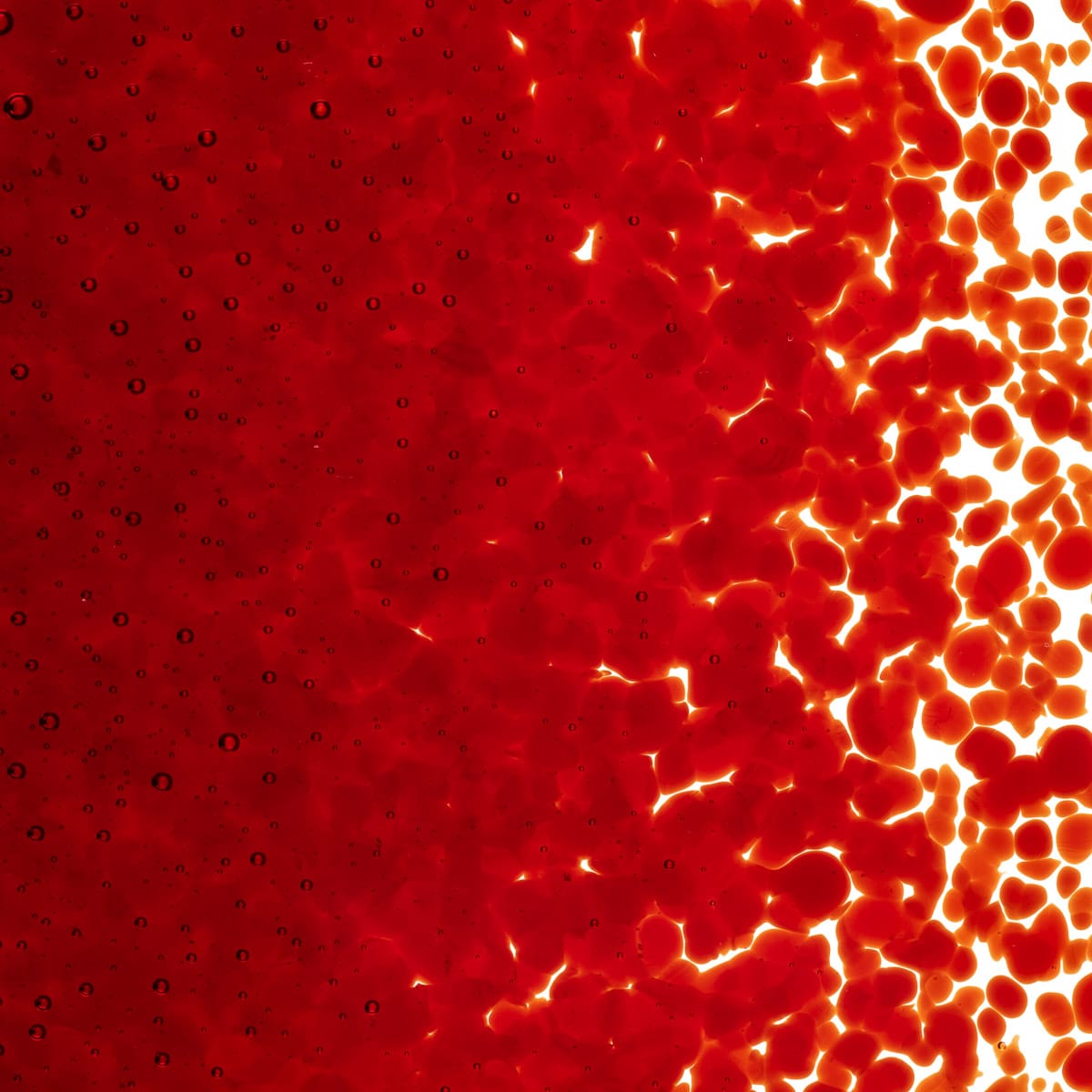
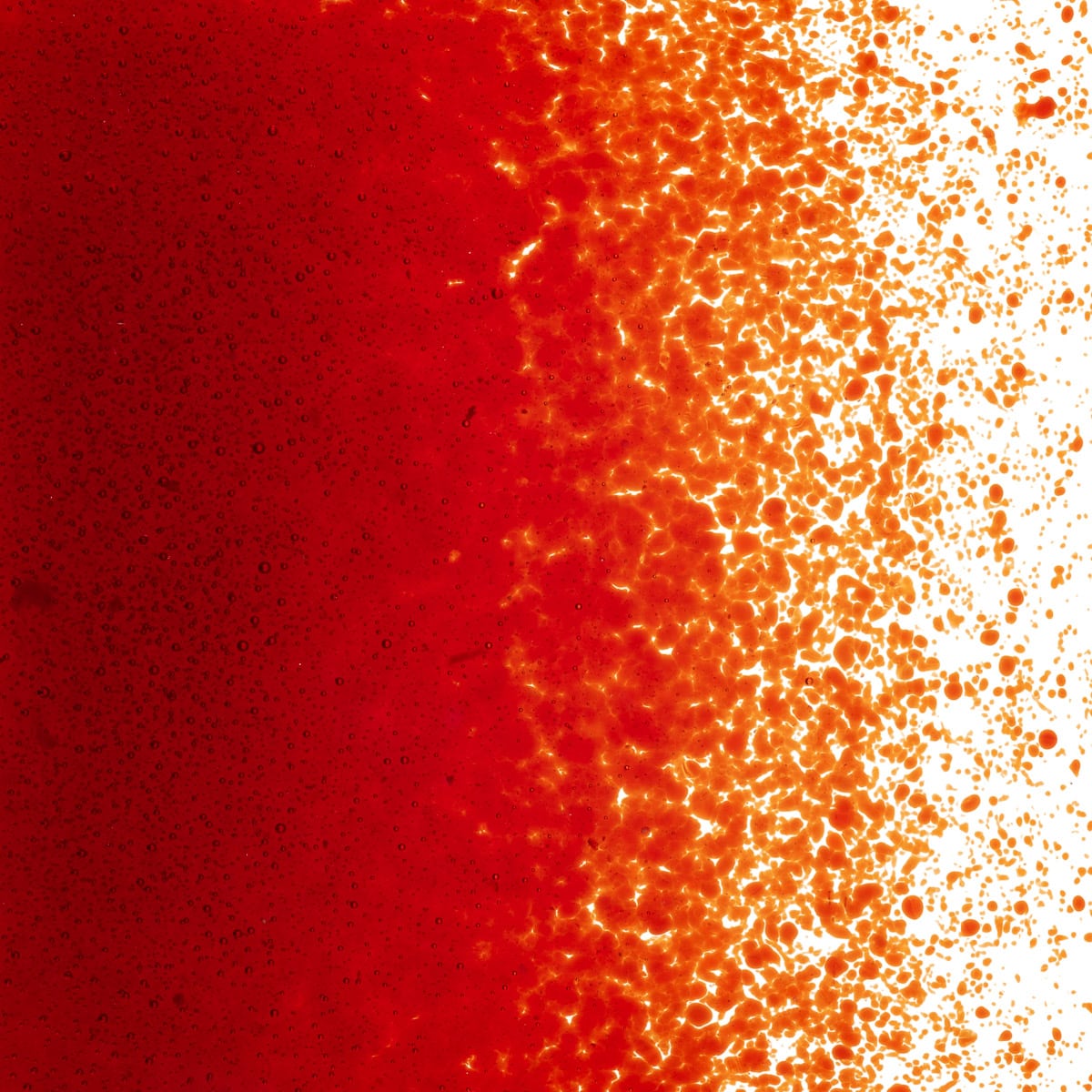
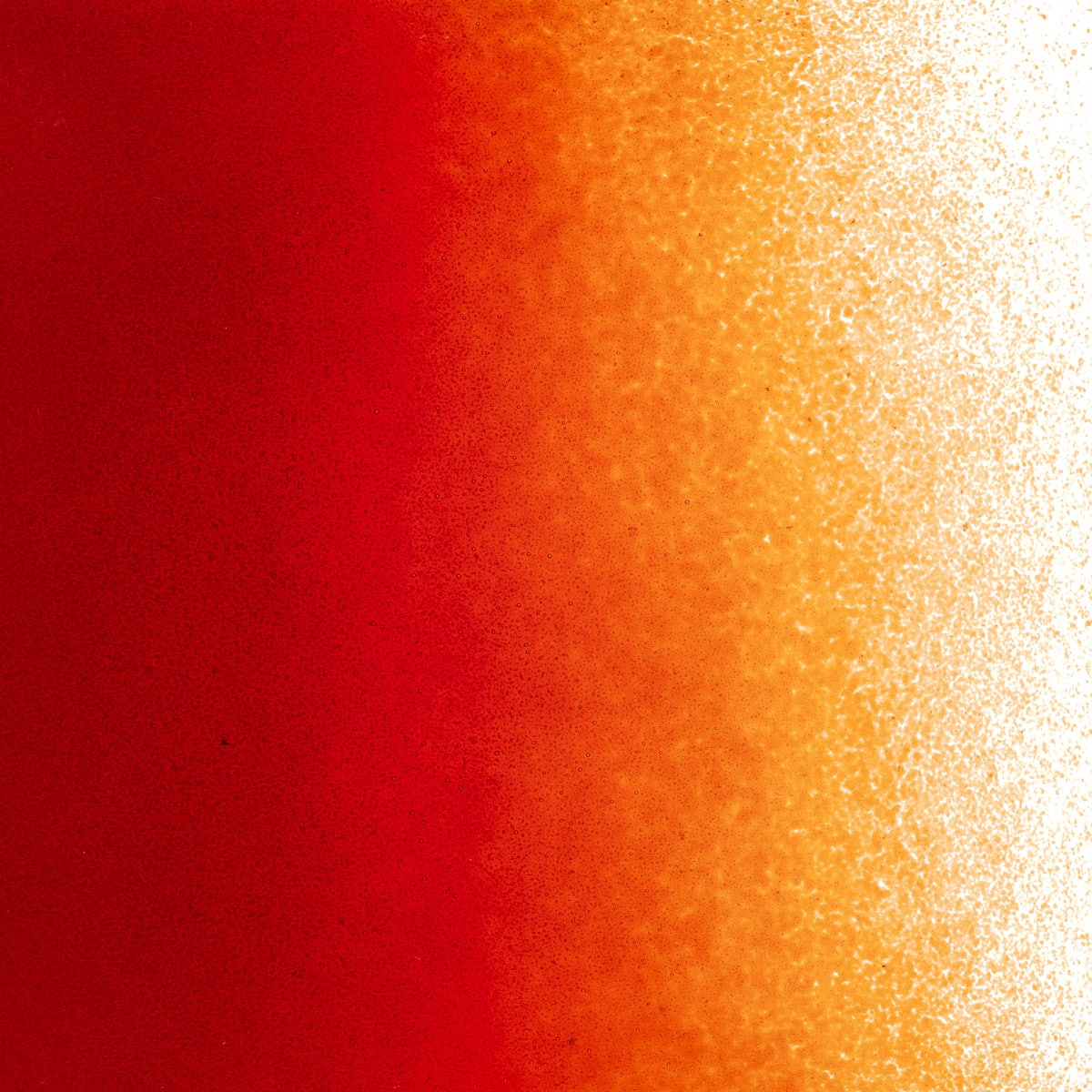
Working Notes
This style is not suitable for kilncasting because it can opalize and/or become incompatible when held at high temperatures for a extended periods. It may also opalize and/or become incompatible in instances where processes exceed the parameters of the test for compatibility. Testing recommended when heatwork exceeds these parameters.
About 001122 Rod
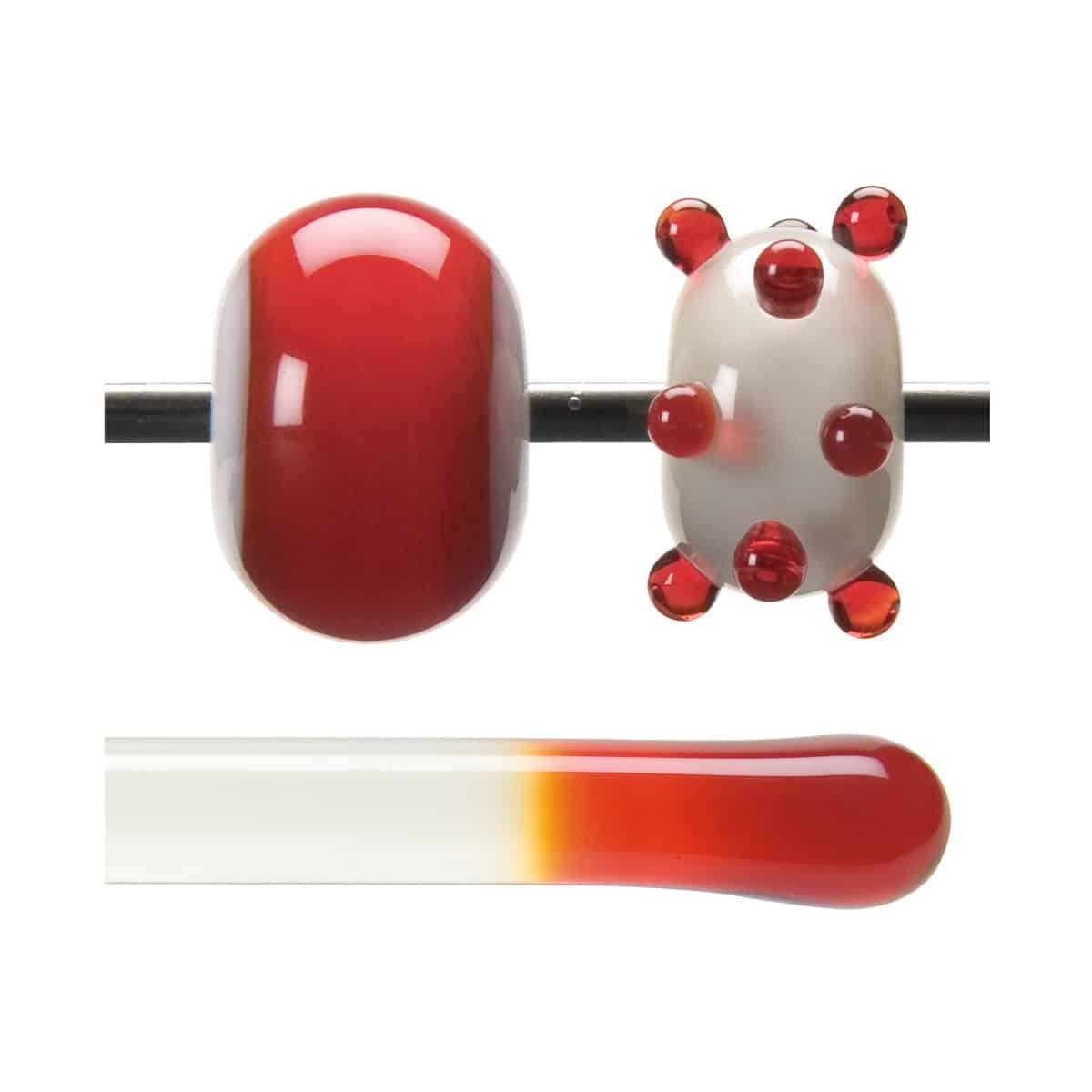
Cold Characteristics
Candy apple red with slight variance in transparency.
Working Notes
Torch: Consistent color. Keep 001122-0576 transparent by using it in small amounts with minimal heatwork, or adding it towards the end of the time in the flame. We advise labeling all striking glasses.
Kiln: Working properties and kilnformed characteristics are consistent with sheet glass.
This style is not suitable for kilncasting because it can opalize and/or become incompatible when held at high temperatures for a extended periods. It may also opalize and/or become incompatible in instances where processes exceed the parameters of the test for compatibility. Testing recommended when heatwork exceeds these parameters.
About 001122 Stringer
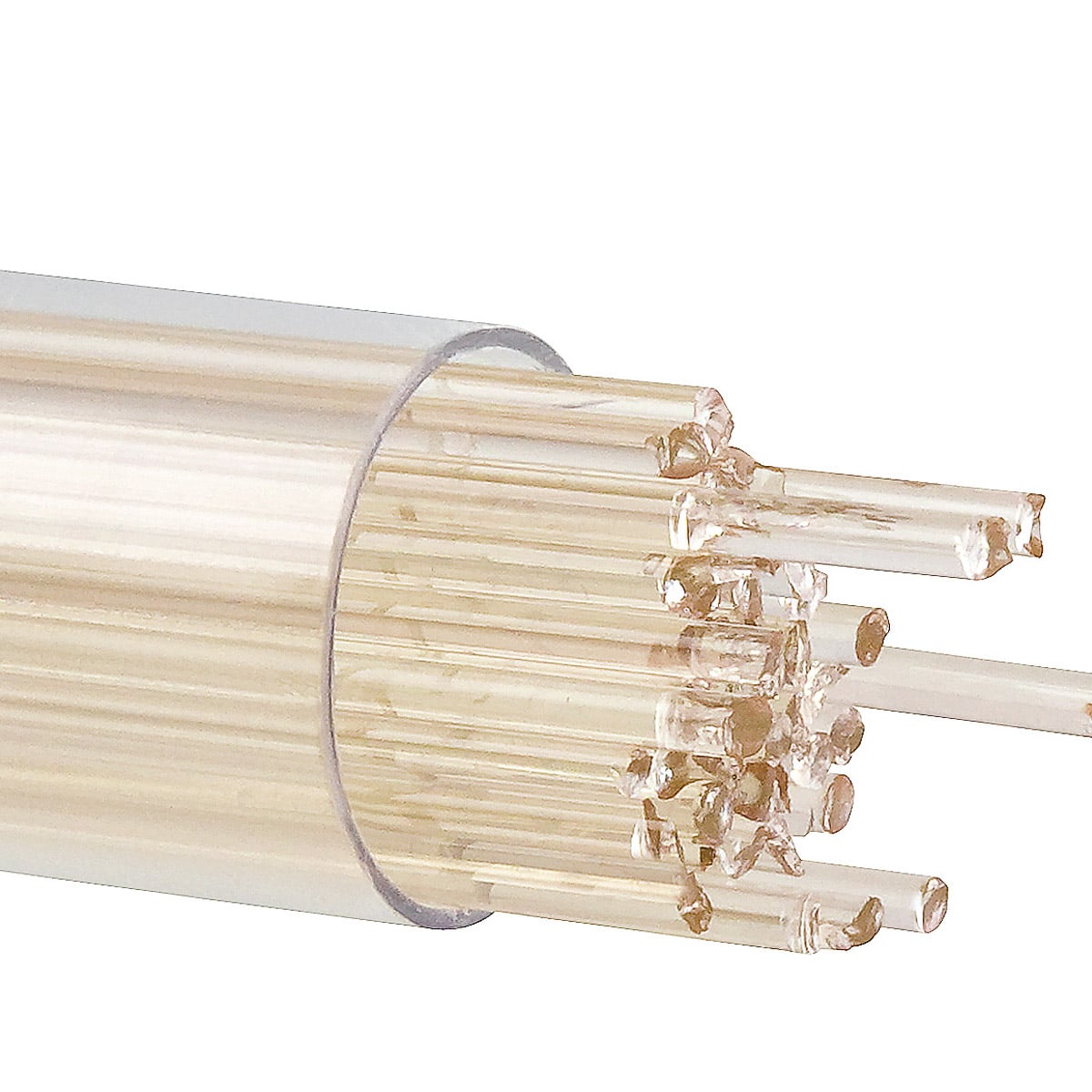
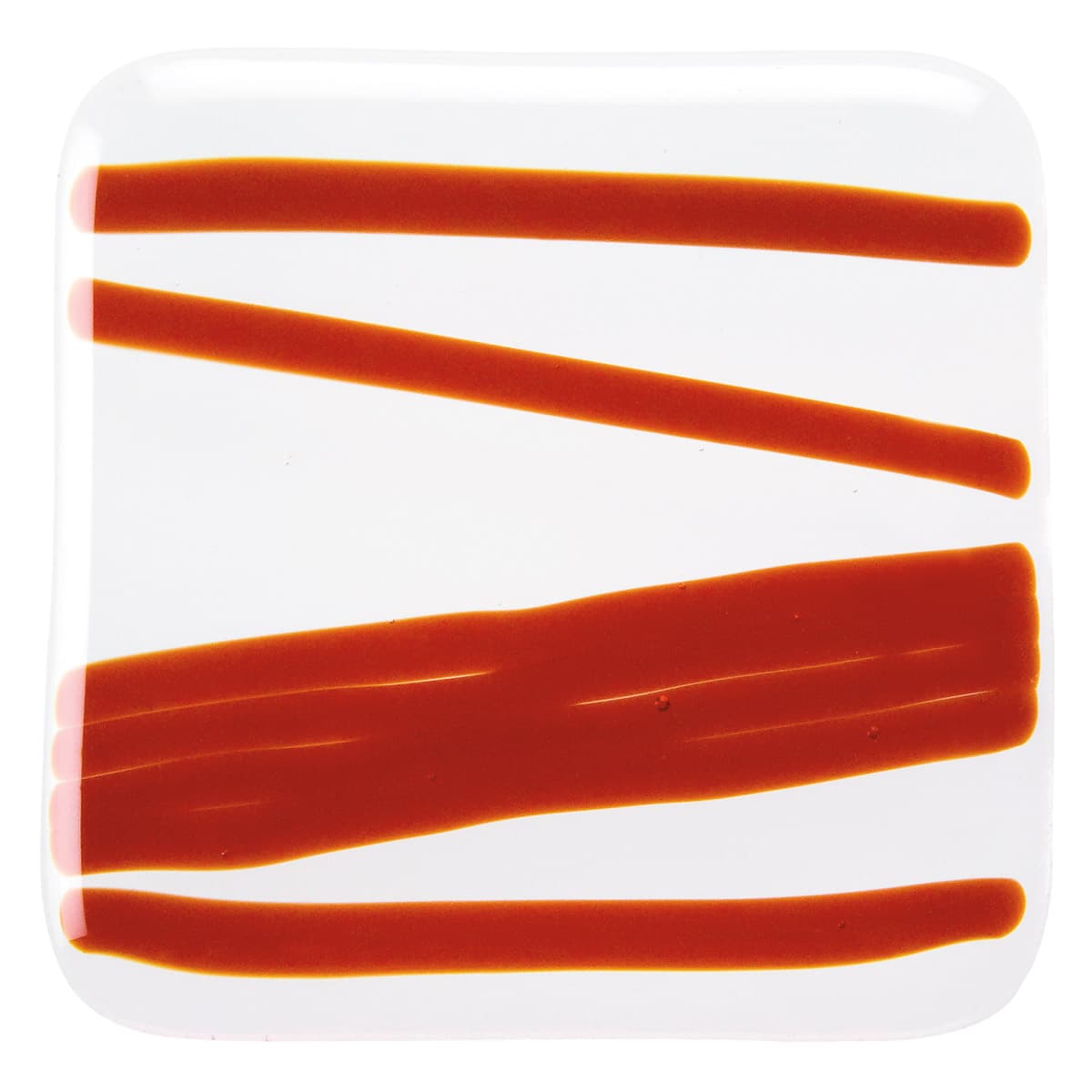
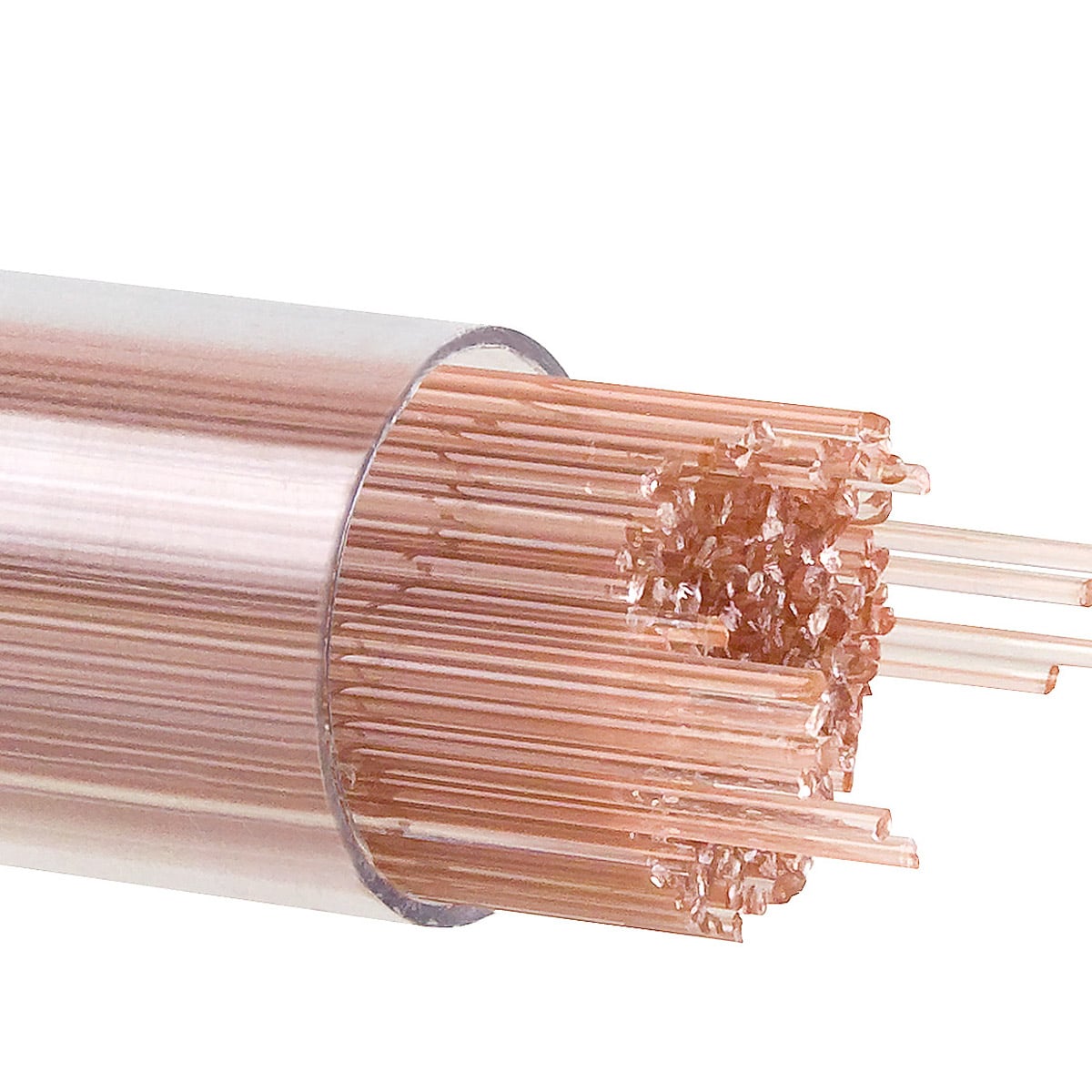
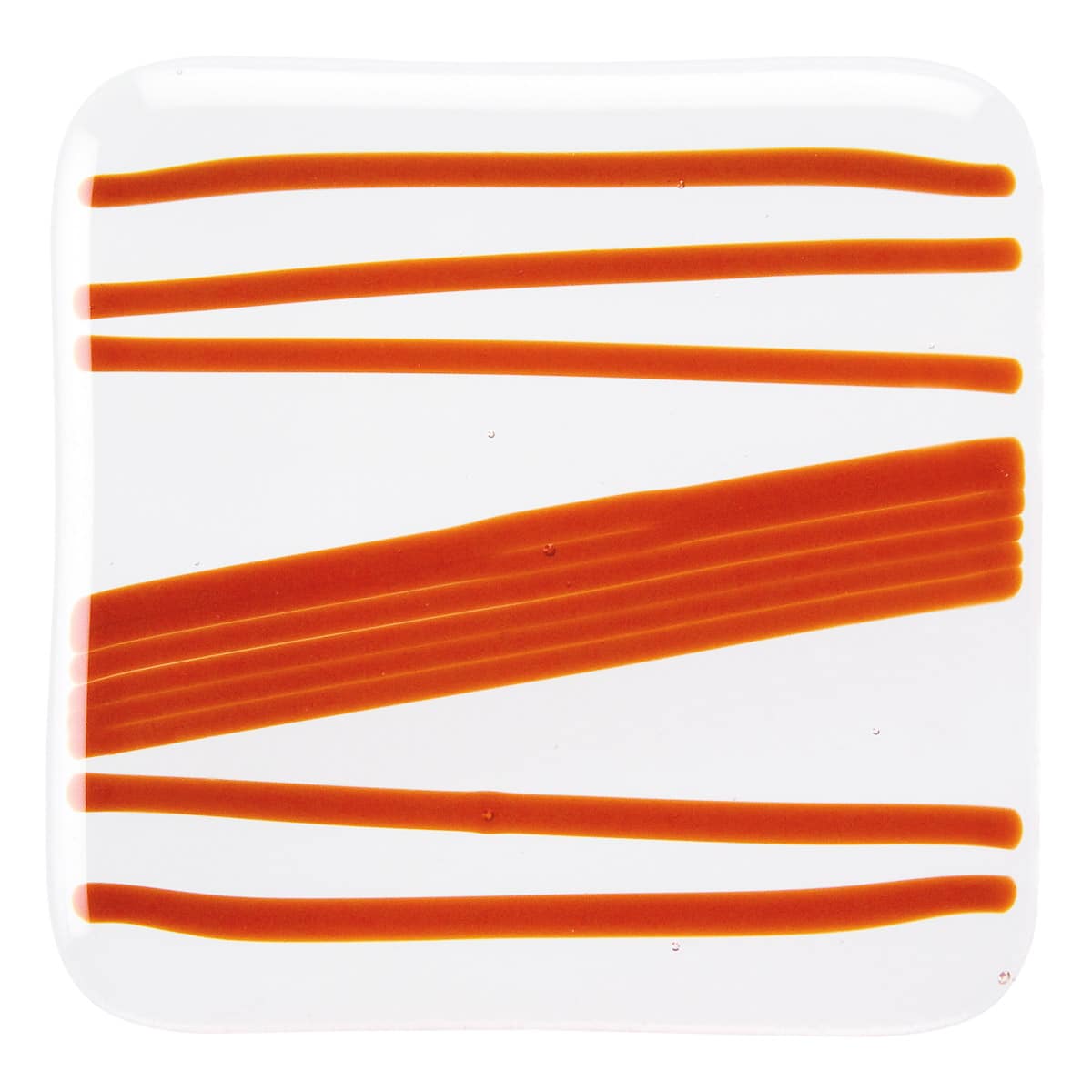
Working Notes
This style is not suitable for kilncasting because it can opalize and/or become incompatible when held at high temperatures for a extended periods. It may also opalize and/or become incompatible in instances where processes exceed the parameters of the test for compatibility. Testing recommended when heatwork exceeds these parameters.
